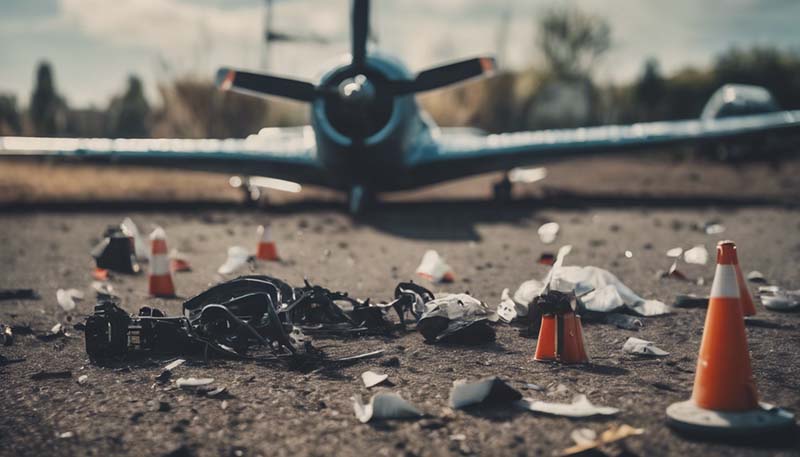Introduction
Aviation has come a long way since the Wright brothers' first flight in 1903. With the rapid advancement of technology, air travel has become one of the safest modes of transportation. However, despite these technological improvements, human error remains a significant factor in aviation accidents and incidents. This article aims to explore the impact of human error in aviation and discuss the measures that can be taken to reduce its occurrence, thereby enhancing the overall safety of air travel.
Human Error in Aviation: A Historical Perspective
Throughout the history of aviation, human error has been a persistent issue. Early aviation accidents were often attributed to pilot error, such as poor decision-making, inadequate training, or a lack of situational awareness. As aviation evolved, the complexity of aircraft systems increased, introducing new opportunities for human error. In the 1970s, the aviation industry began to recognize the importance of human factors in aviation safety, leading to the development of new training programs and safety initiatives.
Advertisement
Types of Human Error in Aviation
Human error in aviation can be broadly categorized into three types: skill-based, rule-based, and knowledge-based errors. Skill-based errors occur when a pilot fails to perform a task correctly due to a lack of proficiency or experience. Rule-based errors involve the improper application of procedures or guidelines, while knowledge-based errors result from a lack of understanding or incorrect judgment. These errors can manifest in various forms, such as miscommunication, failure to follow checklists, or incorrect decision-making in response to a critical situation.
Consequences of Human Error in Aviation
The consequences of human error in aviation can be severe, ranging from minor incidents to catastrophic accidents. According to the International Air Transport Association (IATA), human error is responsible for approximately 70% of aviation accidents. The impact of these errors can be felt not only in terms of lives lost and property damage but also in the form of economic losses, legal liabilities, and damage to an airline's reputation.
Factors Contributing to Human Error
Several factors contribute to human error in aviation, including fatigue, stress, and the high-pressure environment in which pilots operate. The complexity of modern aircraft systems can also contribute to errors, as can the increasing reliance on automation. Additionally, cultural factors, such as the reluctance of some pilots to question authority or report errors, can hinder the identification and resolution of potential safety issues.
Mitigating Human Error in Aviation
While it may be impossible to eliminate human error entirely, there are several strategies that can be employed to mitigate its impact on aviation safety. These include:
- Enhanced training programs: Providing pilots with comprehensive training in all aspects of aviation, including situational awareness, decision-making, and crisis management, can help reduce the likelihood of human error.
- Improved communication: Encouraging open communication among flight crews and fostering a culture of trust can help ensure that errors are identified and addressed promptly.
- Fatigue management: Implementing fatigue management programs that take into account factors such as duty hours, rest periods, and time zone changes can help reduce the impact of fatigue on pilot performance.
- Automation management: Ensuring that pilots are properly trained in the use of automation and are aware of its limitations can help prevent overreliance on technology and the associated risks.
- Human factors research: Continued investment in human factors research can help identify new strategies for mitigating human error and improving aviation safety.
Conclusion
Human error has long been a significant factor in aviation accidents and incidents. By understanding the various types of errors and the factors that contribute to them, the aviation industry can take steps to mitigate their impact on safety. Through enhanced training, improved communication, fatigue management, and ongoing research, the industry can continue to make air travel an even safer mode of transportation for all.
